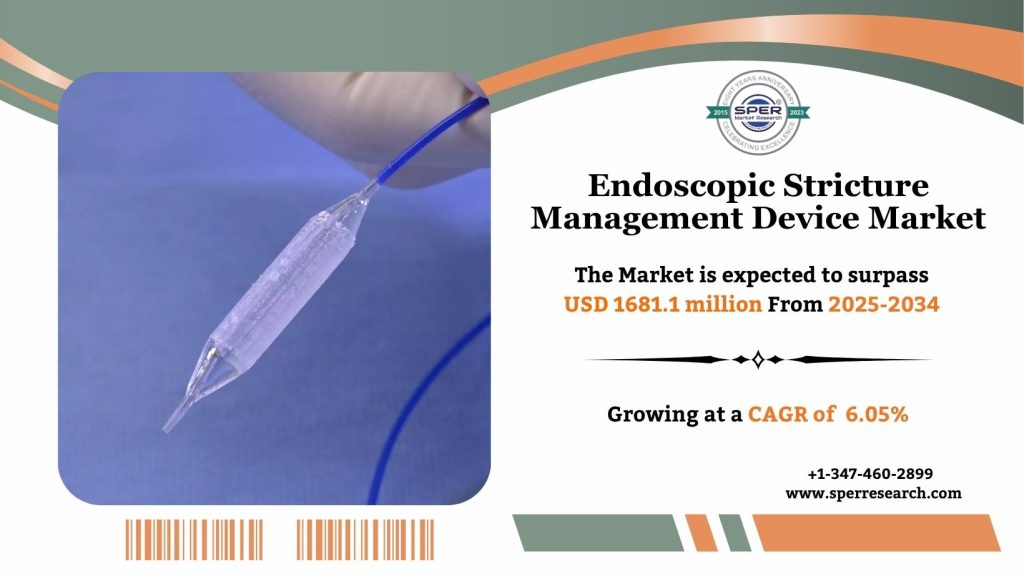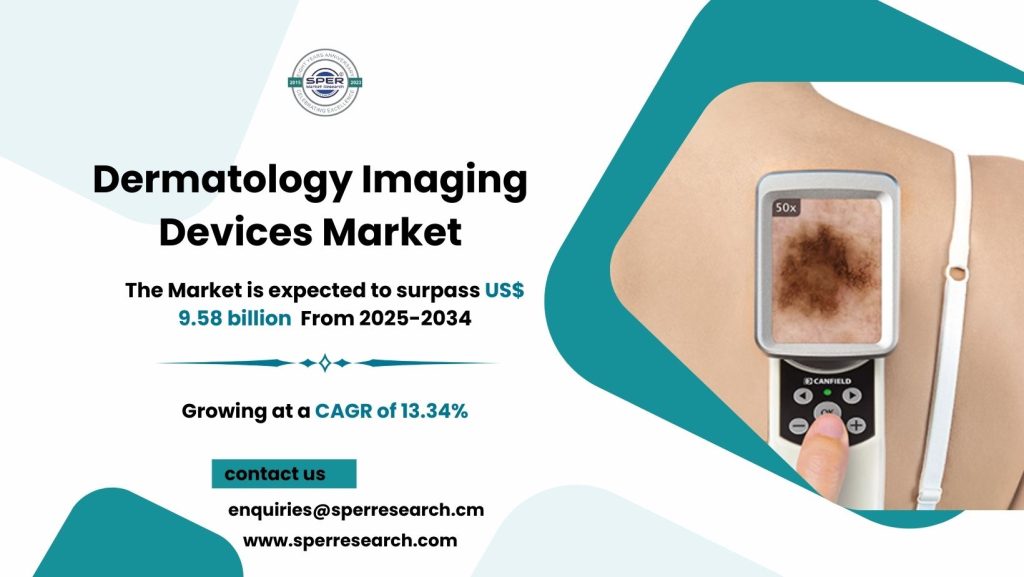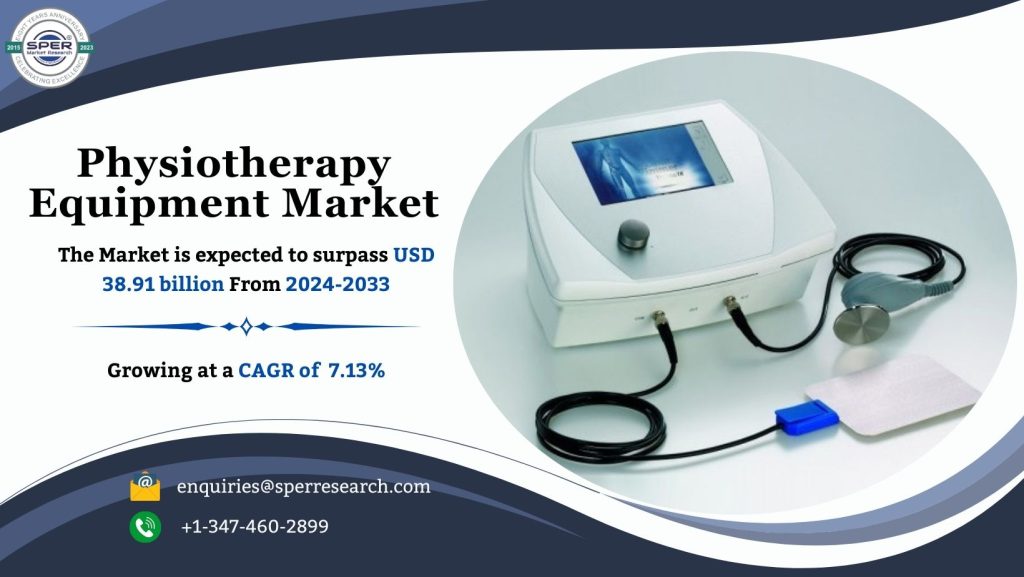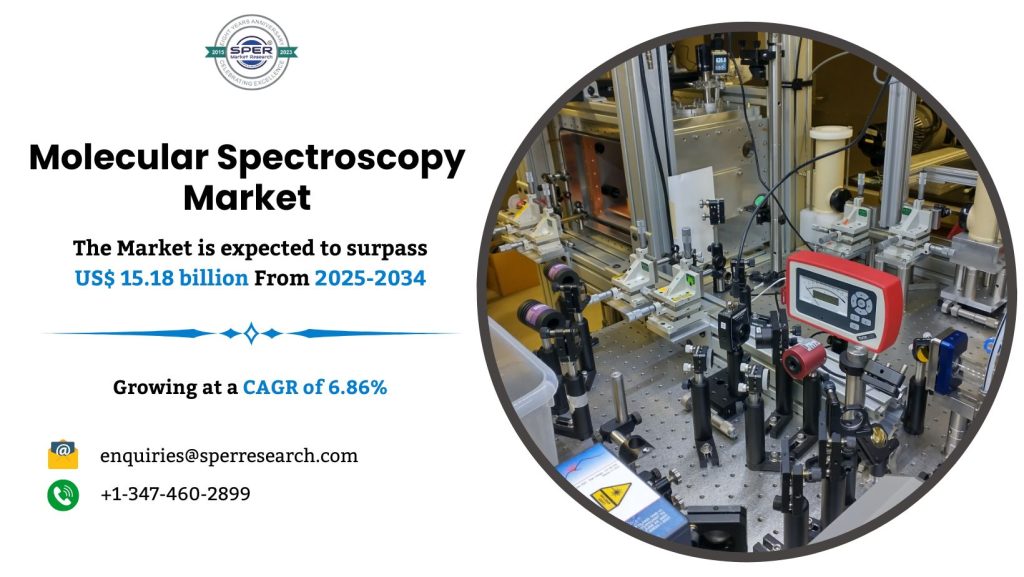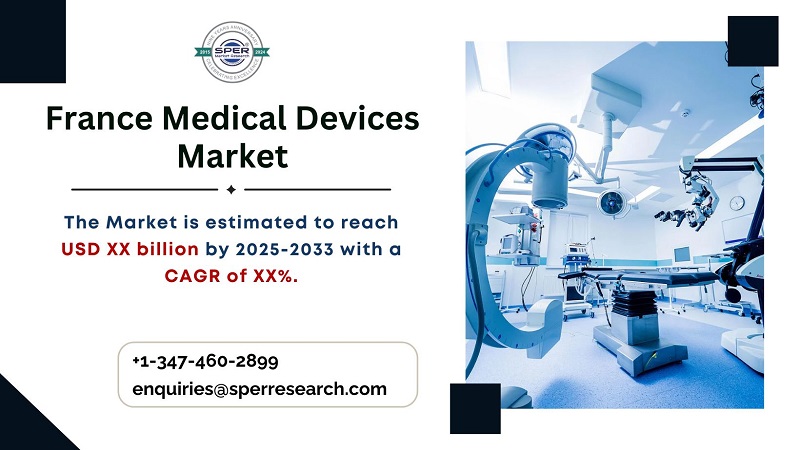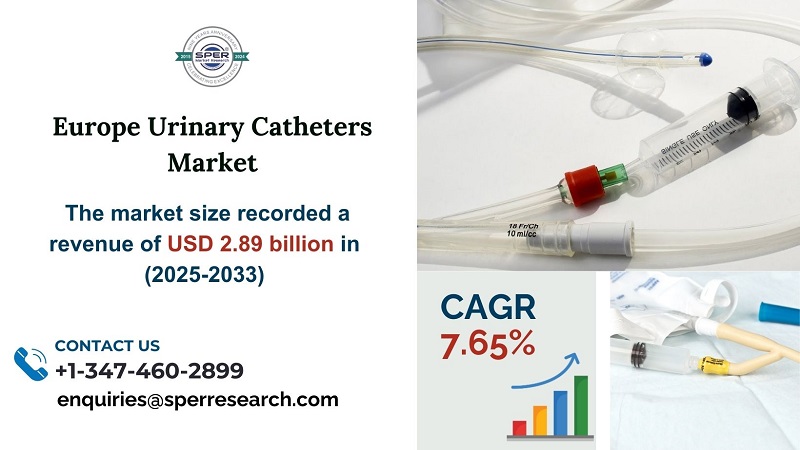Medical imaging phantoms are objects used in biomedical research to represent human tissues. These objects contribute to the proper functioning of human body imaging systems and methodologies. Medical phantoms aid in the provision of qualitative, trustworthy, and productive data from medical imaging equipment. X-ray/fluoroscopy phantoms, ultrasound phantoms, CT phantoms, MRI phantoms, and nuclear imaging phantoms are all examples of medical imaging phantoms.
According to SPER market research, ‘Global Medical Imaging Phantoms Market Size- By Product, By Application, By End-User – Regional Outlook, Competitive Strategies and Segment Forecast to 2034’ state that the Global Medical Imaging Phantoms Market is predicted to reach 345.11 million by 2034 with a CAGR of 6.15%.
Drivers:
The market is growing significantly due to more non-communicable diseases and an aging population. Chronic conditions like cancer, cardiovascular diseases, and neurological disorders require regular imaging for monitoring and treatment. Imaging methods, such as ultrasound, CT scans, and MRI, are vital for diagnosing and checking abnormalities. Different types of devices, including physical and digital phantoms, support various imaging needs. Strict regulatory compliance is essential for market growth to ensure safety and effectiveness, alongside ongoing technological advancements that improve phantom design and functionality.
Request a Free Sample Report: https://www.sperresearch.com/report-store/medical-imaging-phantoms-market?sample=1
Restraints:
The high initial costs of advanced imaging phantoms pose a major challenge for small healthcare facilities and research institutions. These phantoms, made with specialized materials to mimic complex body functions, need a big investment in production and quality control.
For smaller organizations with limited budgets, buying these advanced tools can be too expensive. This is especially true in developing areas where funding is tighter. Consequently, some healthcare providers might use older imaging technologies or skip regular checks, which can affect diagnostic accuracy and patient safety.
In 2024, North America held the largest revenue share in the global market for medical imaging phantoms. The region benefits from advanced healthcare infrastructure, significant research and development investments, and a high rate of chronic diseases. Its emphasis on early diagnosis and innovative imaging technologies boosts the demand for medical imaging phantoms, which ensure quality in diagnostic procedures. Some of the key market players are BARTEC Top Holding GmbH, Gold Standard Phantoms, IBA Worldwide, Kyoto Kagaku Co., Ltd, and others.
For More Information, refer to below link: –
Medical Imaging Phantoms Market Growth
Related Reports:
Follow Us –
LinkedIn | Instagram | Facebook | Twitter
Contact Us:
Sara Lopes, Business Consultant — USA
SPER Market Research
enquiries@sperresearch.com
+1–347–460–2899


